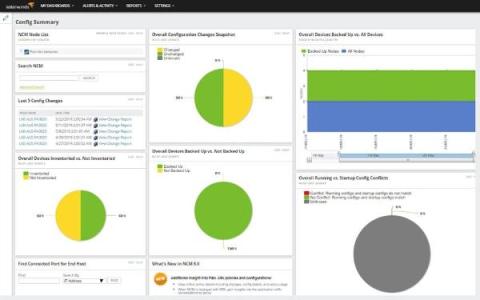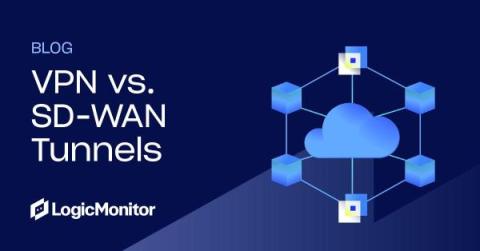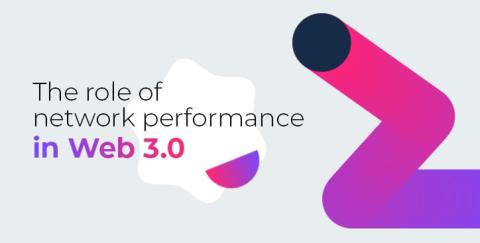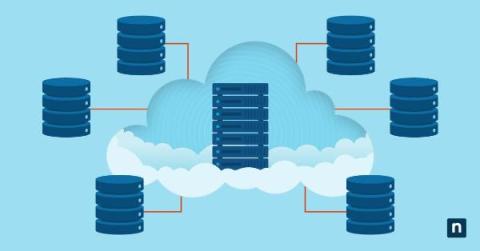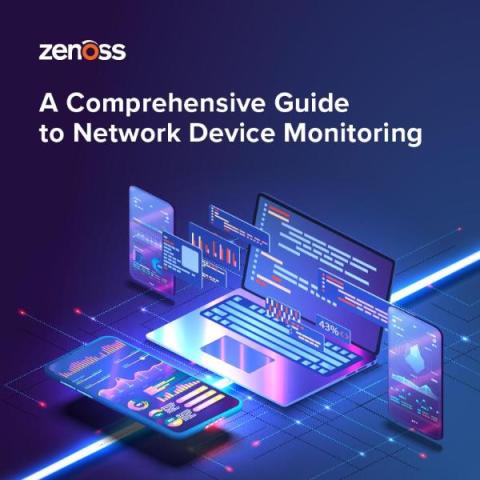Operations | Monitoring | ITSM | DevOps | Cloud
Latest News
Anatomy of an OTT Traffic Surge: NFL Kickoff on Peacock
Football is officially back, and Doug Madory is here to show you exactly how well the NFL’s streaming traffic was delivered.
VPN vs. SD-WAN tunnels
What is Network Response Time & How to Monitor It
How improved network performance is a key part of Web 3.0 delivery
What Is Storage Area Network (SAN)? Benefits & Implementation
In the ever-evolving landscape of technology, data has become the lifeblood of businesses. The exponential growth of data has spurred the development of intricate data storage systems to accommodate these volumes efficiently. One such vital player in the realm of data storage is the Storage Area Network (SAN). SANs are paramount in managing and processing large data volumes, ensuring seamless accessibility, scalability, and high availability.
Top tips: Five ways you can reduce unplanned network downtime
Top tips is a weekly column where we highlight what’s trending in the tech world today and list out ways to explore these trends. This week we’re looking at five ways your business can minimize unplanned network downtime. Network downtime is the bane of the IT service provider. It disrupts not only internal operations, but can greatly inconvenience your customer who relies on the uninterrupted access to and the full functioning of your product or service.
Understanding Kubernetes Network Policies
Kubernetes has emerged as the gold standard in container orchestration. As with any intricate system, there are many nuances and challenges associated with Kubernetes. Understanding how networking works, especially regarding network policies, is crucial for your containerized applications' security, functionality, and efficiency. Let’s demystify the world of Kubernetes network policies.
Should You Reload or Restart HAProxy?
Managing your load balancer instances is important while using HAProxy. You might encounter errors, need to apply configurations, or periodically upgrade HAProxy to a newer version (to name a few examples). As a result, reloading or restarting HAProxy is often the secret ingredient to restoring intended functionality. Whether you’re relatively inexperienced with HAProxy or you’re a grizzled veteran, understanding which method is best in a given situation is crucial.


